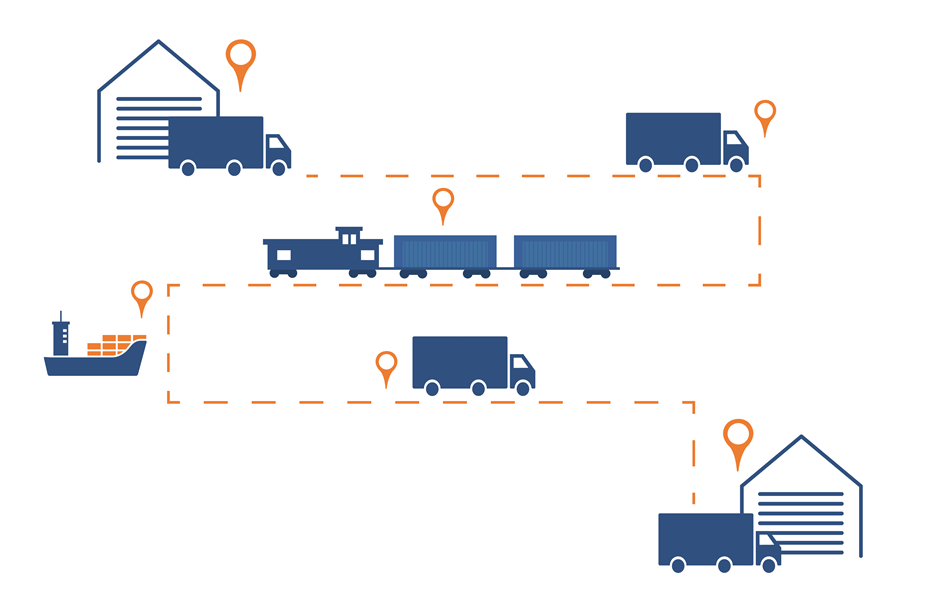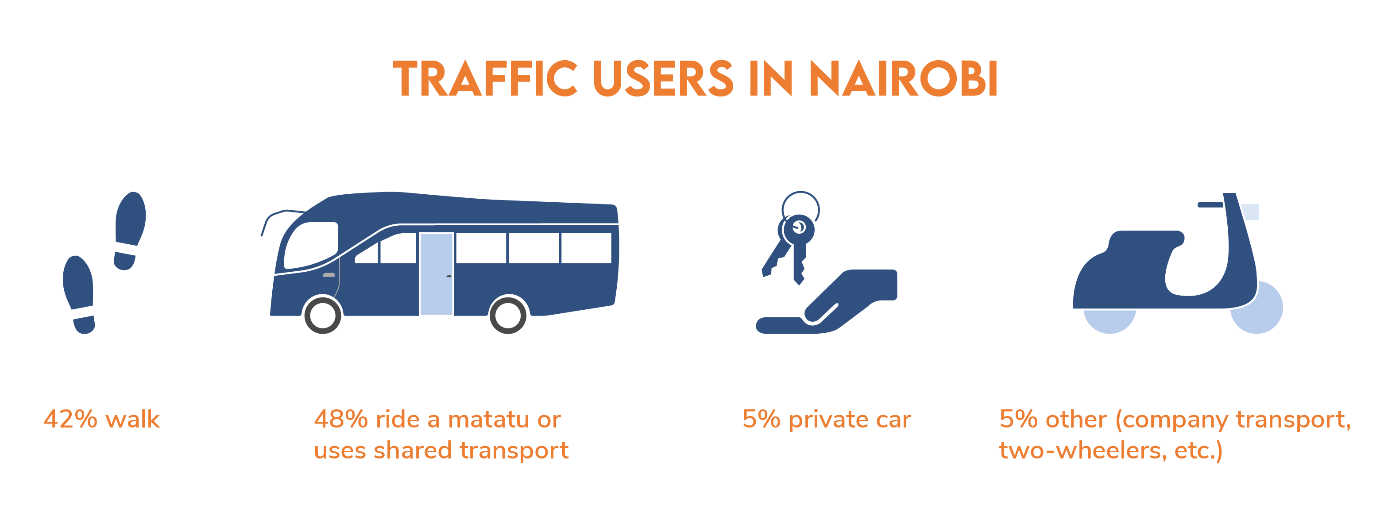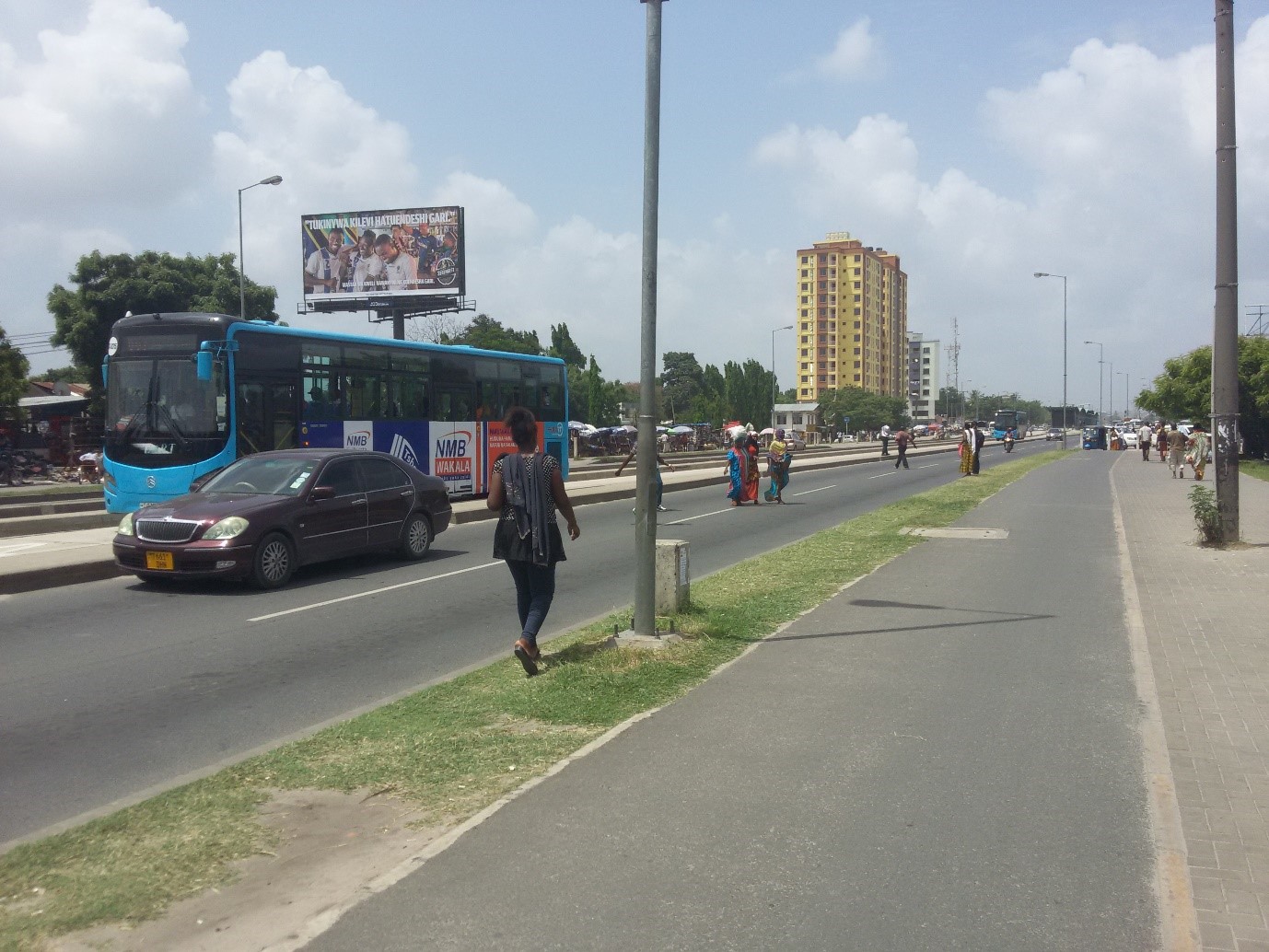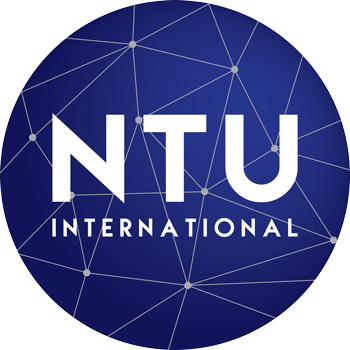The EU-funded project Institutional Support to the Kenyan Transport Sector started in September 2017 and is expected to conclude in the end of 2023. The 8-million EUR project has the overall objective of contributing to Kenya’s poverty reduction and accelerated and inclusive economic growth through a more sustainable and efficient transport sector. Although Kenya is the 5th wealthiest country in Africa, it has a high inequality income distribution (40% on the GINI index). The expected long-term impact of this project is the reduction of these inequalities. NTU’s role is to support Kenyan authorities in the improvement of governance and the technical competencies within the transport sector. This is to support the development of a safer and more efficient transport system for an increase in the country’s productivity and a decrease in the negative impacts on the environment and climate.

How we are doing it
One of the components of this project is to support the creation of a multimodal transport model for the Nairobi Metropolitan area. A multimodal transport model is a model that considers multiple modes of transportation, e.g., cycling, walking, motorbikes, cars, busses, etc. Some of the tasks under this component include:
- Assessing the current multimodal transport model,
- Evaluating the available data to see what more had to be collected,
- Determining what hardware was available, and
- Identifying what was needed in order to implement the multimodal transport model efficiently.
Training activities were also developed and carried out to ensure that the staff responsible for the model were able to use and develop further on it individually.
Impact
Although the concrete impacts of the creation and implementation of the multimodal transport model are yet unknown, we can foresee the following effects:
- Safer traffic & roads
- More efficient traffic (less chance on overall lateness)
- Self-reliance for Kenyan staff.


Nairobi, Kenya
